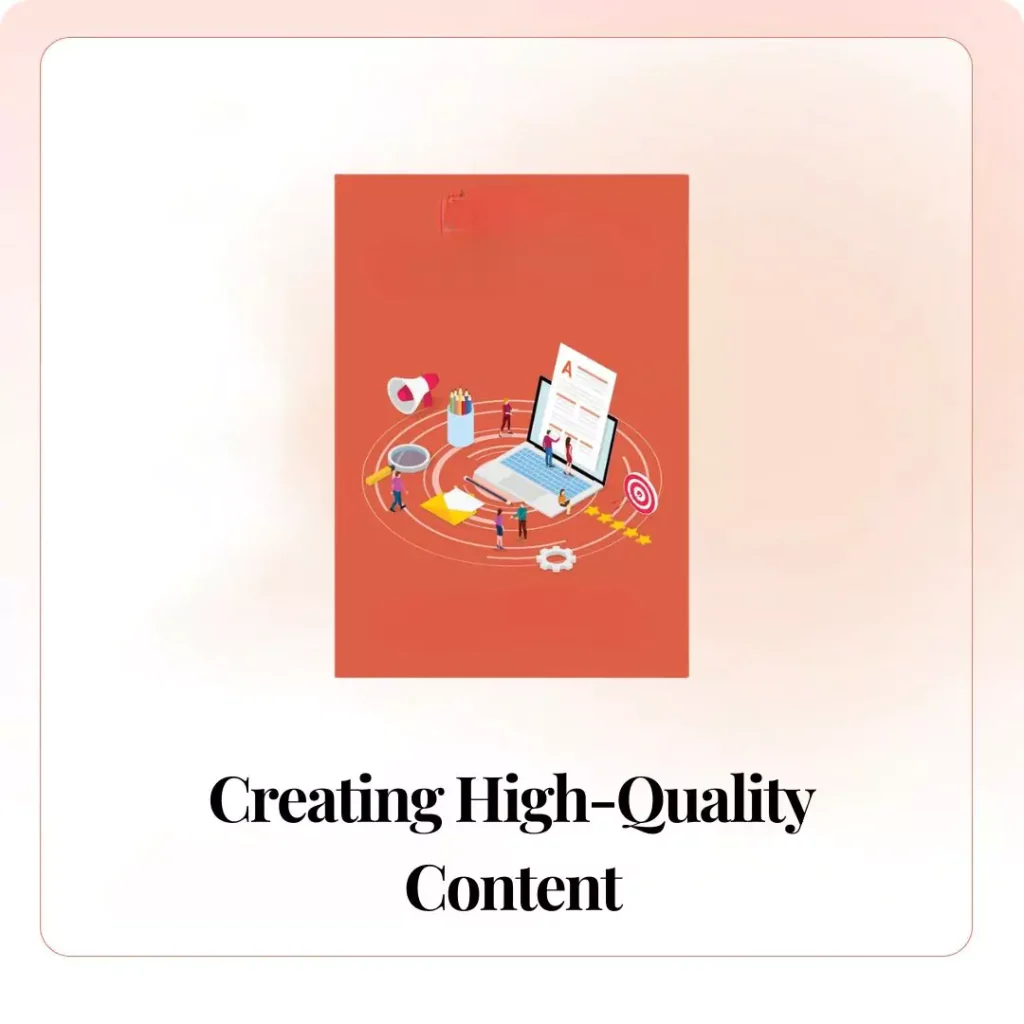Creating SEO-friendly content is crucial for increasing your website’s visibility on search engine results pages (SERPs). It involves a combination of strategic keyword use, quality writing, and technical optimizations. In this comprehensive guide, we will explore five main points to help you craft content that ranks well and engages readers. We’ll also include tips for integrating important keywords like “Best SEO companies in Bangalore” and “Top SEO companies in Bangalore,” among others. To dive deeper into advanced SEO strategies, check out our other blogs at Osumare Marketing Solutions, Bangalore.
1. Keyword Research and Usage

Understanding Keyword Relevance
Keyword research is the foundation of SEO-friendly content. It involves identifying the terms and phrases that potential customers use to find services or products similar to what you offer. Focus keywords like “Best SEO companies in Bangalore” and “Top SEO agencies in Bangalore” are essential for capturing searchers’ attention.
Optimal Keyword Placement
To achieve the desired keyword density of 2%, distribute keywords evenly throughout the content. Use them in titles, headings, the first 100 words, and naturally within the body text. Avoid keyword stuffing, as it can negatively impact your site’s ranking.
2. Creating High-Quality Content
Crafting Engaging and Informative Content
High-quality content not only attracts readers but also signals to search engines that your site is authoritative. Use a clear and engaging writing style, and provide valuable information that addresses the searcher’s intent. For instance, when discussing the “Best SEO company of Bangalore,” include specific examples and case studies to demonstrate expertise.
Incorporating LSI Keywords
Latent Semantic Indexing (LSI) keywords are related terms that help search engines understand the context of your content. Include phrases like “search engine optimization,” “organic search,” and “backlinks” to enhance relevancy.

3. On-Page SEO Optimization

Meta Tags and Descriptions
Meta tags, including meta titles and descriptions, are crucial for SEO. They provide a brief summary of the content and are often the first thing users see in search results. Use focus keywords like “Best Search Engine Optimization companies in Bangalore” in your meta tags to improve click-through rates.
Proper Use of Header Tags
Header tags (H1, H2, H3, etc.) organize content and make it more readable. Use the primary keyword in the H1 tag and secondary keywords in subheadings. This structure helps search engines index your content accurately and improves user experience.
4. Technical SEO Aspects
URL Structure and Internal Linking
A clean and descriptive URL structure is important for SEO. Use focus keywords in URLs and ensure they are short and descriptive. Internal linking, which connects related pages on your site, helps with indexing and distributes page authority.
Mobile Optimization and Page Speed
With the increasing number of mobile searches, it’s vital to ensure your site is mobile-friendly. Fast loading times are also crucial, as they impact user experience and rankings. Optimize images, use browser caching, and minimize JavaScript to enhance page speed.

5. Content Promotion and Link Building

Building High-Quality Backlinks
Backlinks from reputable sites signal to search engines that your content is valuable. Focus on acquiring links from industry-related sites, blogs, and directories. For example, linking to authoritative pages about “Top Search Engine Optimization companies in Bangalore” can boost your site’s credibility.
Utilizing Social Media for Content Distribution
Promote your content on social media platforms to increase visibility and attract inbound links. Share articles, infographics, and other content that showcases your expertise. Engaging with followers and industry influencers can further amplify your reach.
Conclusion
In conclusion, creating SEO-friendly content involves a strategic approach to keyword research, content quality, on-page optimization, technical aspects, and promotion. By following these guidelines, you can improve your site’s search engine rankings and drive more organic traffic. For more insights and tips, visit our other blogs at Osumare Marketing Solutions, Bangalore.

